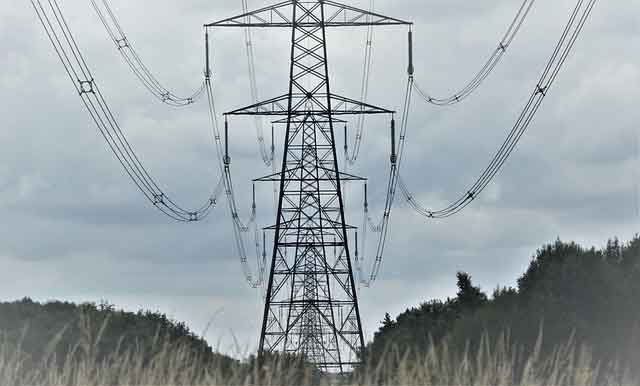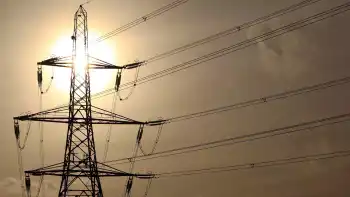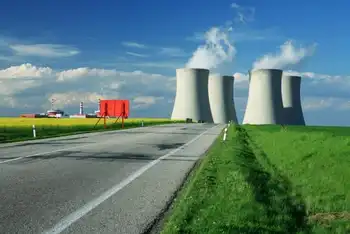FERC creates Office of Electric Reliability
By Electricity Forum
Electrical Testing & Commissioning of Power Systems
Our customized live online or in‑person group training can be delivered to your staff at your location.

- Live Online
- 12 hours Instructor-led
- Group Training Available
“Mandatory and enforceable reliability standards and a strong reliability regime are critical elements of the Commission’s new regulatory authority over the reliability of the nation’s bulk power system, which Congress enacted in the Energy Policy Act of 2005,” Chairman Kelliher said.
“Today’s announcement appropriately raises the profile of this important effort.”
The Office of Electric Reliability, formerly a division within the Office of Energy Markets and Reliability (OEMR), will continue to focus on the development and implementation of mandatory and enforceable reliability standards for the users, owners, and operators of the nationÂ’s bulk power system.
The office, which initially will have 55 employees, will among other duties help process reliability-related filings with the Commission and review the Electric Reliability OrganizationÂ’s assessments of the adequacy and reliability of the bulk power system for each region. OEMR now will be called the Office of Energy Market Regulation.
Joseph H. McClelland, director of the Division of Reliability since its creation in 2004, will be director of the new Office of Electric Reliability.
“I am pleased that Joe McClelland will continue as head of this increasingly indispensable activity at the Commission,” Kelliher said. “Joe and his staff have done a superb job in working to implement the reliability provisions of the Energy Policy Act, overseeing the first true test of the reliability standards this summer, and overseeing the FERC-designated Electric Reliability Organization to create a robust reliability regime for the nation’s consumers.”
“Chairman Kelliher’s announcement underscores both his and his colleagues’ commitment to protecting and improving the reliability and security of the nation’s bulk power system,” McClelland said. “I am honored to have been selected to lead this important new office.”
McClelland came to the Commission with more than 20 years of experience in the electric utility industry. He began his career with Allegheny Energy Inc., holding a variety of positions including stops in engineering, marketing, regulation and rates, and project development.
Immediately prior to joining the Commission, he was the General Manager of the Custer Public Power District in Broken Bow, Neb. McClelland holds a Bachelor of Science degree in Electrical Engineering from The Pennsylvania State University.











